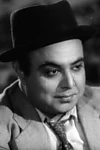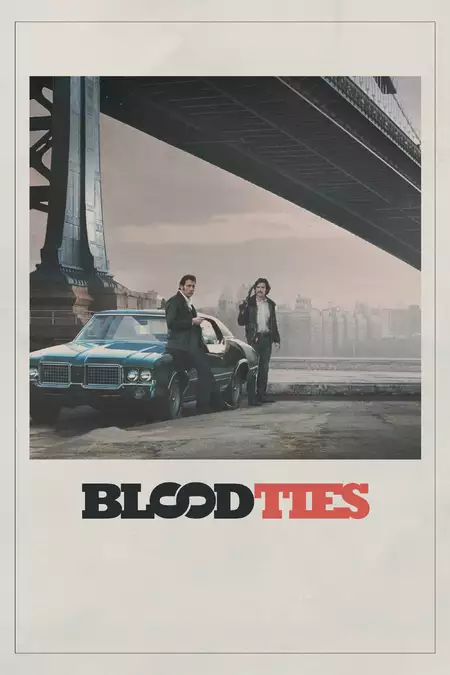Chandralekha (1948)
April 9, 1948Release Date
Plot.
Where to Watch.
Cast & Crew.

T. R. Rajakumari
Chandralekha

M. K. Radha
Veerasimhan

Ranjan
Sasankan

M. S. Sundari Bai
Sogusu

Sundarabai
Sogusu

N. S. Krishnan
The Circus Buffoon

T. A. Madhuram
Circus Girl

V. N. Janaki
A gypsy girl

Javar Seetharaman
Veerasimhan's bodyguard

Surabhi Kamalabai
A gypsy woman

V. Gopalakrishnan
A Palace guard

S. S. Vasan
Director / Producer

Sangu
Writer

Kothamangalam Subbu
Writer

K. J. Mahadevan
Writer

K.J. Mahadevan
Writer

Veppathur Kittoo
Writer

Naina
Writer

Chandru
Editor

M. D. Parthasarathi
Original Music Composer

Balkrishna Kalla
Composer

Kamal Ghosh
Director of Photography

Saluri Rajeswara Rao
Original Music Composer
Details.
Release DateApril 9, 1948
Original Nameசந்திரலேகா
StatusReleased
Running Time3h 27m
Filming LocationsSouth India, India
Genres
Last updated:
Wiki.
Chandralekha (also spelt Chandraleka) is a 1948 Indian historical adventure film produced and directed by S. S. Vasan of Gemini Studios. Starring T. R. Rajakumari, M. K. Radha and Ranjan, the film follows two brothers (Veerasimhan and Sasankan) who fight over ruling their father's kingdom and marrying a village dancer, Chandralekha.
Development began during the early 1940s when, after two successive box-office hits, Vasan announced that his next film would be entitled Chandralekha. However, when he launched an advertising campaign for the film he only had the name of the heroine from a storyline he had rejected. Veppathur Kittoo (one of Vasan's storyboard artists) developed a story based on a chapter of George W. M. Reynolds' novel, Robert Macaire: or, The French bandit in England. Original director T. G. Raghavachari left the film more than halfway through because of disagreements with Vasan, who took over in his directorial debut.
Originally made in Tamil and later in Hindi, Chandralekha spent five years in production (1943–1948). It underwent a number of scripting, filming and cast changes, and was the most-expensive film made in India at the time. Vasan mortgaged all his property and sold his jewellery to complete the film, whose cinematographers were Kamal Ghosh and K. Ramnoth. The music, largely inspired by Indian and Western classical music, was composed by S. Rajeswara Rao and M. D. Parthasarathy with lyrics by Papanasam Sivan and Kothamangalam Subbu.
Chandralekha was released on 9 April 1948. Although the film received generally positive reviews, it did not recoup its production costs. Vasan directed a Hindi version with some changes, including re-shot scenes, a slightly altered cast, and Hindi dialogues from Agha Jani Kashmiri and Pandit Indra. The Hindi version was released on 24 December of that year, becoming a box-office success. South Indian cinema became prominent throughout India with the film's release, and it inspired South Indian producers to market their Hindi films in North India.
You May Also Like.

Trainwreck (2015)

Sayen: The Huntress (2024)

Blood Ties (2013)

Ebirah, Horror of the Deep (1966)

Torrente, the Dumb Arm of the Law (1998)

Murder at the Gallop (1963)

Paradise: Faith (2012)

Gamera vs. Gyaos (1967)

Bye Bye Boredom (2024)

Wild Chicks in Love (2007)

Serial Killers: The Real Life Hannibal Lecters (2001)

The Adventures of Sherlock Holmes and Dr. Watson: Acquaintance (1980)

Lake of Dracula (1971)

Jesu, Joy of Man's Desiring (2012)

Florence Fight Club (2015)

Panda (2014)

Sunday in August (2004)

Kill Bill Parody


